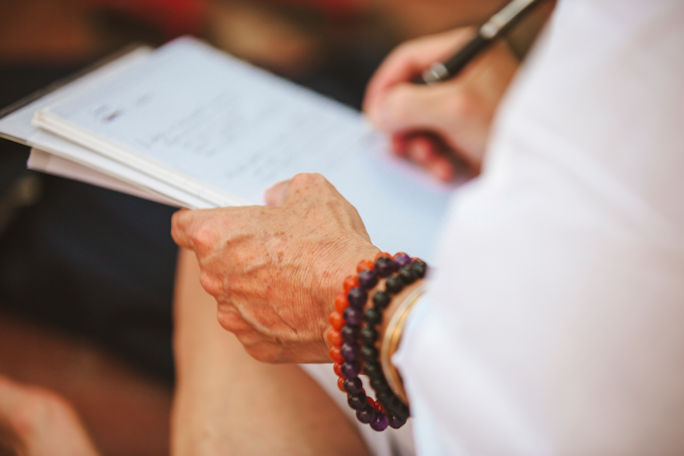Solo Aging and Exercise: How Movement Supports Independence
- Elder Care Law Blogger
- Aug 6
- 4 min read
Aging without a partner or children is more common than ever. Whether by choice or circumstance, many older adults are entering their golden years on their own. While solo aging

presents some unique challenges, it also offers opportunities for older adults to take full control of their health, routines, and lifestyle. One powerful way to maintain that independence is by staying physically active.
Why Exercise Matters for Solo Agers
As we age, regular physical activity supports nearly every part of our health, from balance, muscle strength, heart health, to our memory. For those aging alone, movement isn’t just about fitness; it’s about preserving the ability to care for yourself, stay connected, and enjoy everyday life.
Physical activity can help reduce the risk of chronic illnesses such as diabetes and heart disease, but it also supports mental clarity, lifts mood, and helps ease symptoms of anxiety or depression. For solo agers who may not have a built-in support system, movement becomes one of the simplest and most effective ways to feel better, live longer, and maintain confidence in daily routines.
Seated Exercise: Small Movements, Big Impact
Not every exercise routine has to involve intense workouts or gym memberships. In fact, some of the best activities for older adults, especially those with mobility limitations, can be done right from a chair. Chair-based exercises are ideal for those recovering from injury or surgery, managing arthritis, or just looking for a gentle way to stay active.
Exercises like seated leg lifts, shoulder rolls, and gentle stretches help improve circulation, reduce stiffness, and increase joint flexibility. Chair movements also support better posture and balance, which can lower the risk of falls. Even just a few minutes a day of guided seated movement can make everyday tasks, like reaching for items on a shelf, tying your shoes, or getting in and out of bed, easier and more comfortable.
A great place to start is with a guided workout like this one on YouTube. It’s designed for seniors and can be done at your own pace, from the comfort of home. There are also helpful guides like this article from GoodRx, which shares chair-based exercises that are safe and effective for building strength and flexibility.
Chair yoga is a gentle form of exercise that’s perfect for seniors, especially those with limited mobility or balance concerns. It allows individuals to enjoy the benefits of yoga, such as improved flexibility, reduced stress, and better circulation, without having to get down on the floor. The three simple stretches below, a neck stretch, cat-cow stretch, and forward bend, can help relieve muscle tension, increase range of motion, and promote relaxation, all while staying comfortably seated. These movements are easy to incorporate into a daily routine and can make a big difference in overall well-being.
1. Seated Neck Stretch Sit tall in your chair with both feet flat on the ground. Gently tilt your head to the right, bringing your right ear toward your right shoulder. Hold for 5–10 seconds, then slowly return to center. Repeat on the left side. This stretch helps relieve neck tension and improve flexibility.
2. Seated Cat-Cow Stretch Sit near the edge of the chair with your feet flat on the floor. Place your hands on your knees. Inhale, arch your back, and look upward (cow pose). Exhale, round your spine, and tuck your chin to your chest (cat pose). Repeat slowly for 5–10 breaths. This movement gently stretches the spine and promotes better posture.
3. Seated Forward Bend Sit with feet flat on the floor, hip-width apart. Inhale and raise your arms overhead. Exhale and slowly bend forward from the hips, reaching your hands toward the floor or your shins. Let your head hang gently. Hold for a few breaths, then slowly rise back up. This stretch helps with lower back flexibility and circulation.
Supporting Mind and Body
Exercise supports physical health, but it also keeps the mind active. Solo agers benefit from activities that engage both the body and the brain. Simple things like walking while listening to a podcast, stretching while watching the news, or playing music while moving your arms and legs in rhythm can help keep both your body and mind sharp.
Beyond movement, incorporating brain games or puzzles into your day can also be helpful. Cognitive activities like crossword puzzles, matching games, or apps that challenge memory and logic can help protect mental function as we age. According to UCLA Health, even 15 minutes of brain engagement a day can have long-lasting benefits.
Making Solo Aging Stronger
Living alone doesn't mean going it alone. By establishing regular habits that include movement, mental engagement, and self-care, solo agers can strengthen their independence and improve their quality of life.
At Johnson McGinnis Elder Care Law & Estate Planning, we support seniors in building lives that are not only well-planned but also well-lived. Whether it’s through life care planning, connecting you to local resources, or helping families navigate aging challenges, our team is here to walk alongside you. Aging well is possible, especially when you keep moving.







Comments